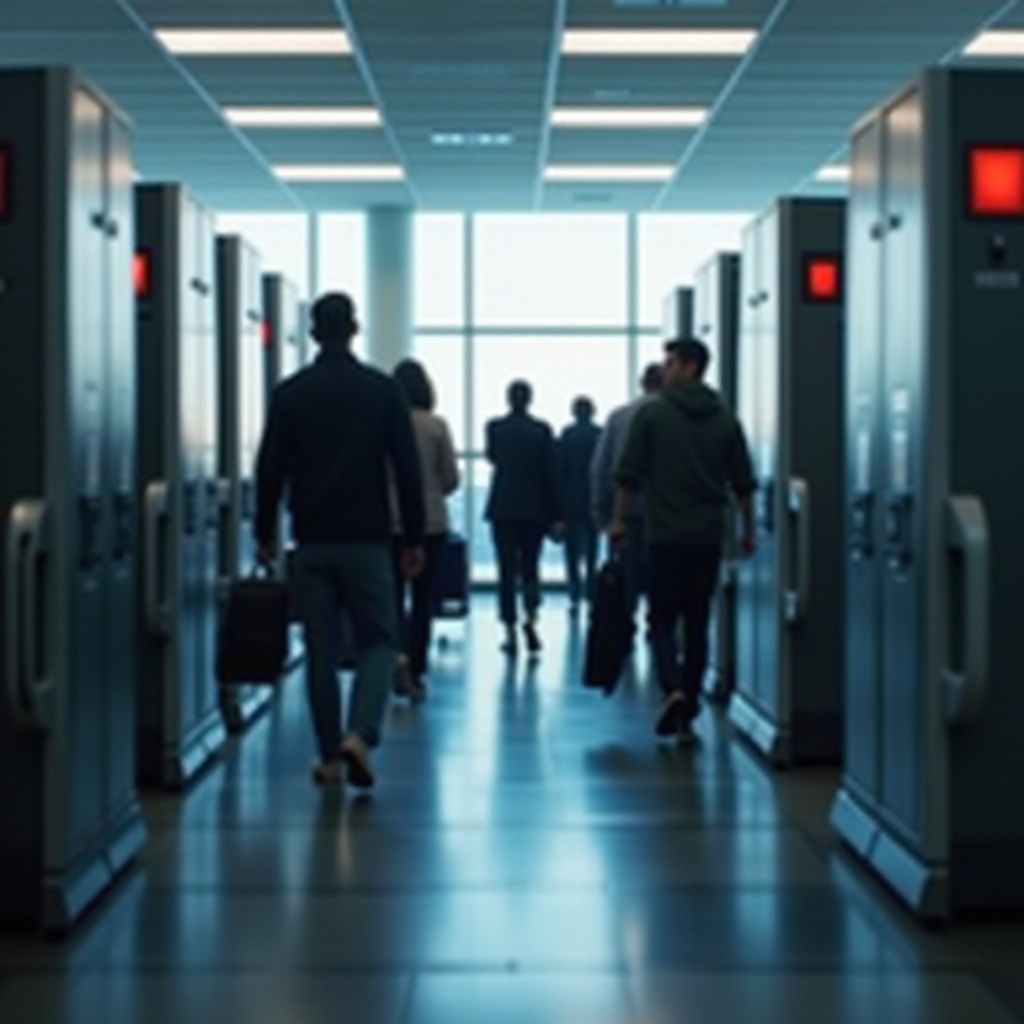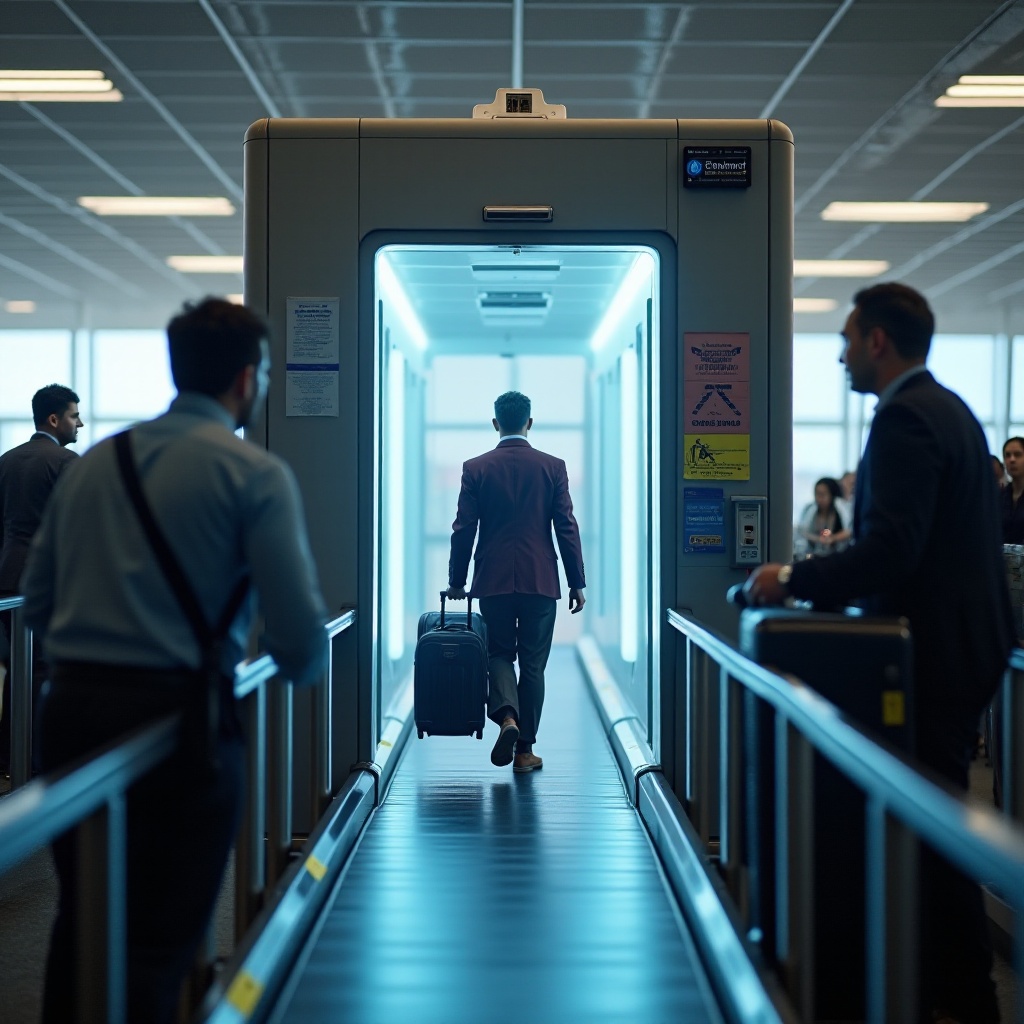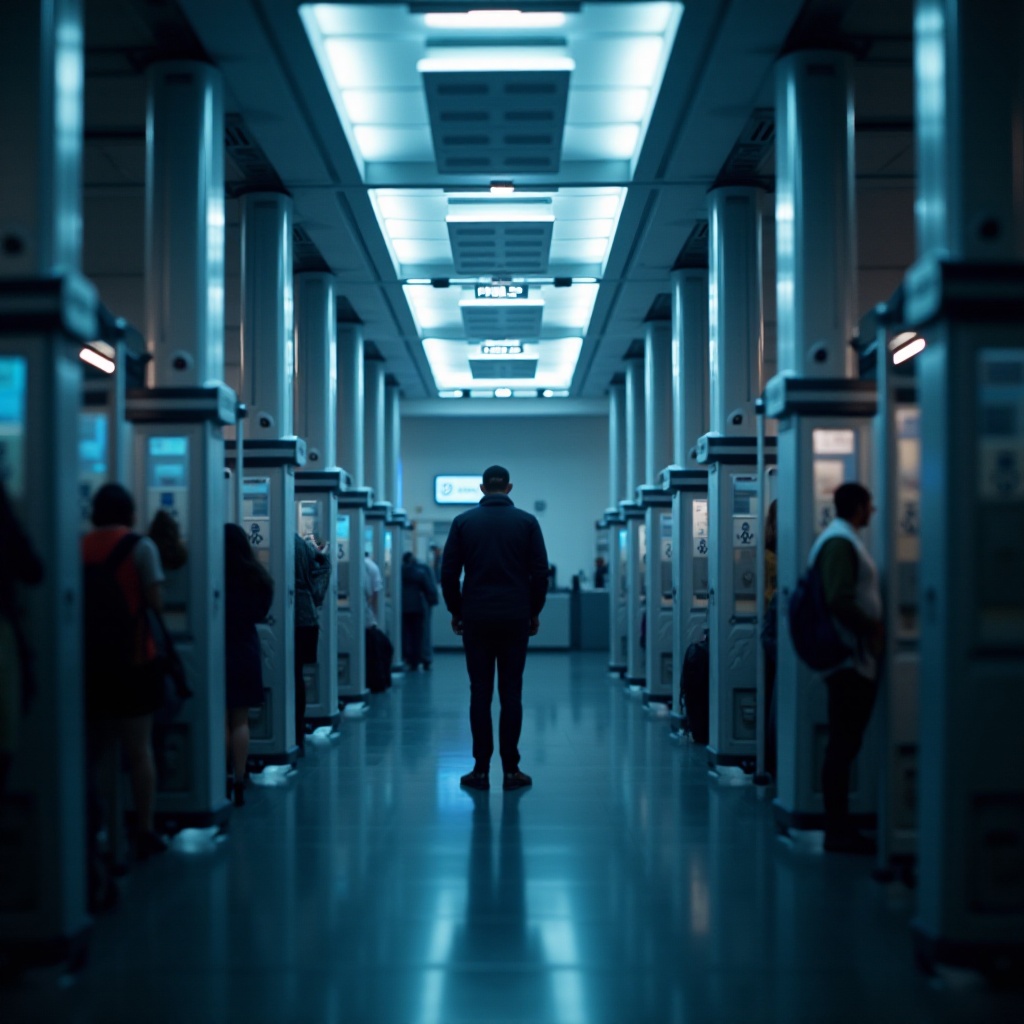Introduction
Understanding what happens when you pass through TSA scanners can alleviate anxiety and clear up misconceptions. Despite the advancements in screening technology, misconceptions persist regarding what these scanners can see and detect. Knowing more about TSA scanners can ease the minds of travelers and enhance their experience at airport security.

The Types of TSA Scanners
Security checkpoints at airports employ different types of scanners. The two primary types are:
-
Millimeter Wave Scanners: These scanners use non-ionizing radiofrequency waves to create a three-dimensional image of the passenger. They are highly effective in detecting non-metal objects that are on the surface or under clothing.
-
Backscatter X-ray Scanners: These generate low-dose x-rays to create a two-dimensional image by scattering these rays back to the machine. Backscatter X-ray scanners are effective at detecting both metallic and non-metallic threats including weapons, explosives, and drugs.
Each scanner serves a unique purpose, working in tandem to ensure passenger safety. While both types are designed to be safe and efficient, it’s worth diving deeper to understand how they function.
How TSA Scanners Work
Let’s break down the working principles of these scanners:
Millimeter Wave Scanners
Millimeter wave scanners emit non-ionizing radiofrequency waves that bounce off the passenger’s body. The waves are then received by the scanner, and a computer constructs a 3D image. This image helps TSA agents identify any potential threats carried under clothing.
Backscatter X-ray Scanners
Backscatter X-ray scanners direct low-dose X-rays at the passenger. As these rays hit the body and any concealed items, they scatter back to the scanner. The amount of scattered rays creates a contrast image on a monitor, allowing officers to detect hidden items.
Together, these scanners create a thorough security process. Despite their importance, questions about what TSA scanners can actually see arise frequently.

What TSA Scanners Can Detect
TSA scanners are highly sophisticated, aiming to spot a wide variety of threats:
- Metal Objects: Including guns, knives, and other metallic weapons.
- Non-Metal Objects: Such as explosive devices, plastic weapons, and ceramic knives.
- Liquids and Gels: These scanners can detect the presence of liquids that may be explosives.
- Drugs: TSA scanners can identify hidden narcotics by their density and patterns.
However, TSA scanners are not without limitations. While they are highly effective, certain items may still evade detection. It is this complexity that sparks privacy and health concerns among travelers, apart from curiosity regarding the limits of scanner detection.
Privacy and Health Concerns of TSA Scanners
Concerns about privacy and health often arise with TSA scanners. Here, we address these common issues:
Privacy Concerns
Passengers worry about the extent of their visibility through these scanners. To protect privacy, TSA scanners use generic, non-identifiable outlines of passengers. The images are focused on identifying threats rather than providing a detailed anatomical image.
Health Concerns
Regarding health, millimeter wave scanners emit radiofrequency waves far below the exposure limits set by health authorities. They pose no significant risk to passengers. Backscatter X-ray scanners use a very low level of x-rays that are deemed safe; however, due to privacy concerns, their use is now less common in airports.
Although privacy and health concerns exist, they are generally addressed with stringent safety standards and respectful operation procedures. Travelers’ experiences can further illustrate the effect of TSA scanners on passengers.

Travelers’ Experiences with TSA Scanners
Experiences with TSA scanners vary. Some passengers appreciate the enhanced security, while others find the process intrusive. Common issues include:
- Waiting Times: The time required to pass through scanners, especially during busy travel seasons.
- False Positives: Items like body piercings, certain medical implants, and dense clothing causing unnecessary alarms.
- Comfort Levels: Some travelers may find the scanning process slightly disconcerting.
These experiences highlight a balance between security efficiency and passenger comfort. Understanding these dynamics can improve traveler preparedness and patience at airport security.
Conclusion
TSA scanners are fundamental for ensuring safe air travel. From detecting metal objects to addressing privacy and health concerns, understanding the workings of these scanners helps demystify the process. Travelers knowing what to expect can enhance their experience, making airport security a smoother process.
Frequently Asked Questions
What items cannot be detected by TSA scanners?
Ultra-thin objects hidden inside the body may evade detection.
Can TSA scanners see through clothing?
Yes, TSA scanners are designed to see through clothing to detect hidden items, although the images produced are generic to protect privacy.
Are there risks associated with frequent exposure to TSA scanners?
Health authorities deem the exposure levels from TSA scanners safe for frequent travelers. Millimeter wave scanners pose no significant risk due to their minimal radiation levels.

